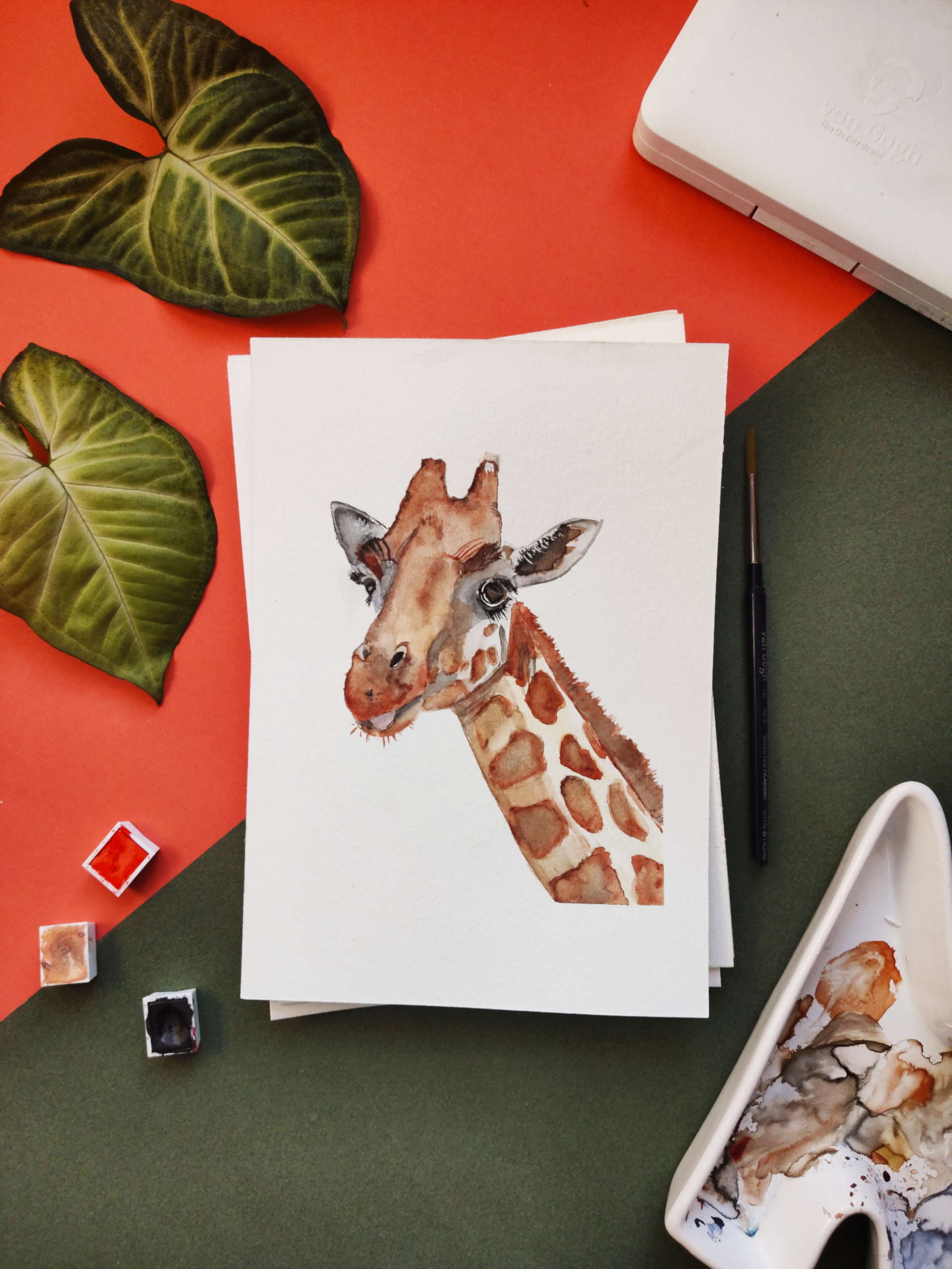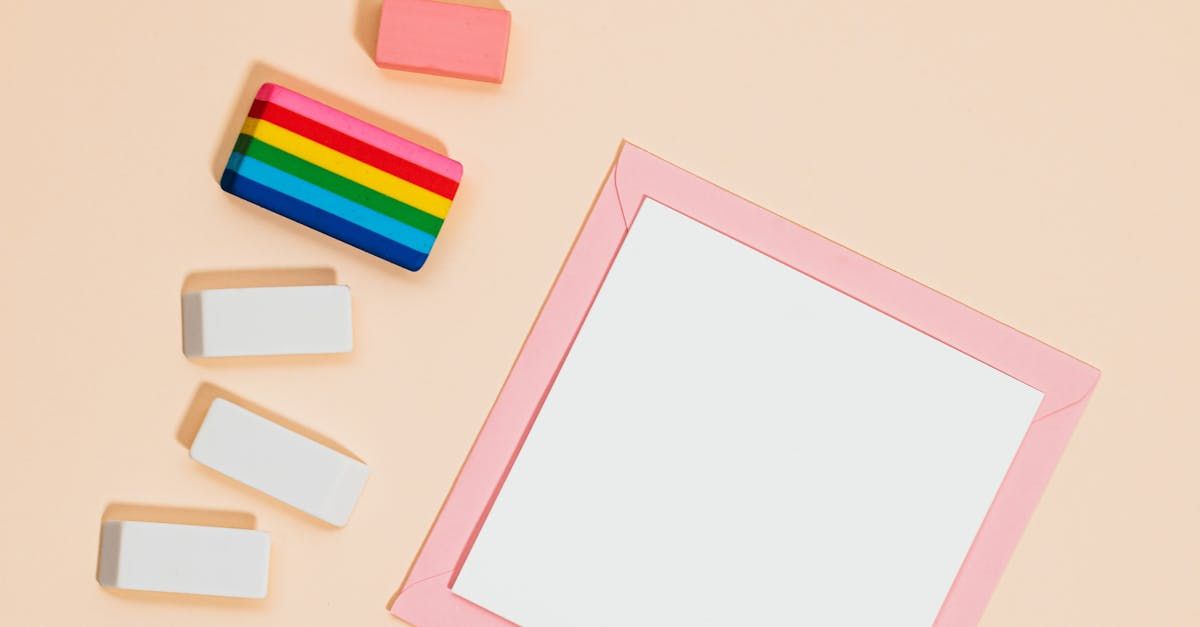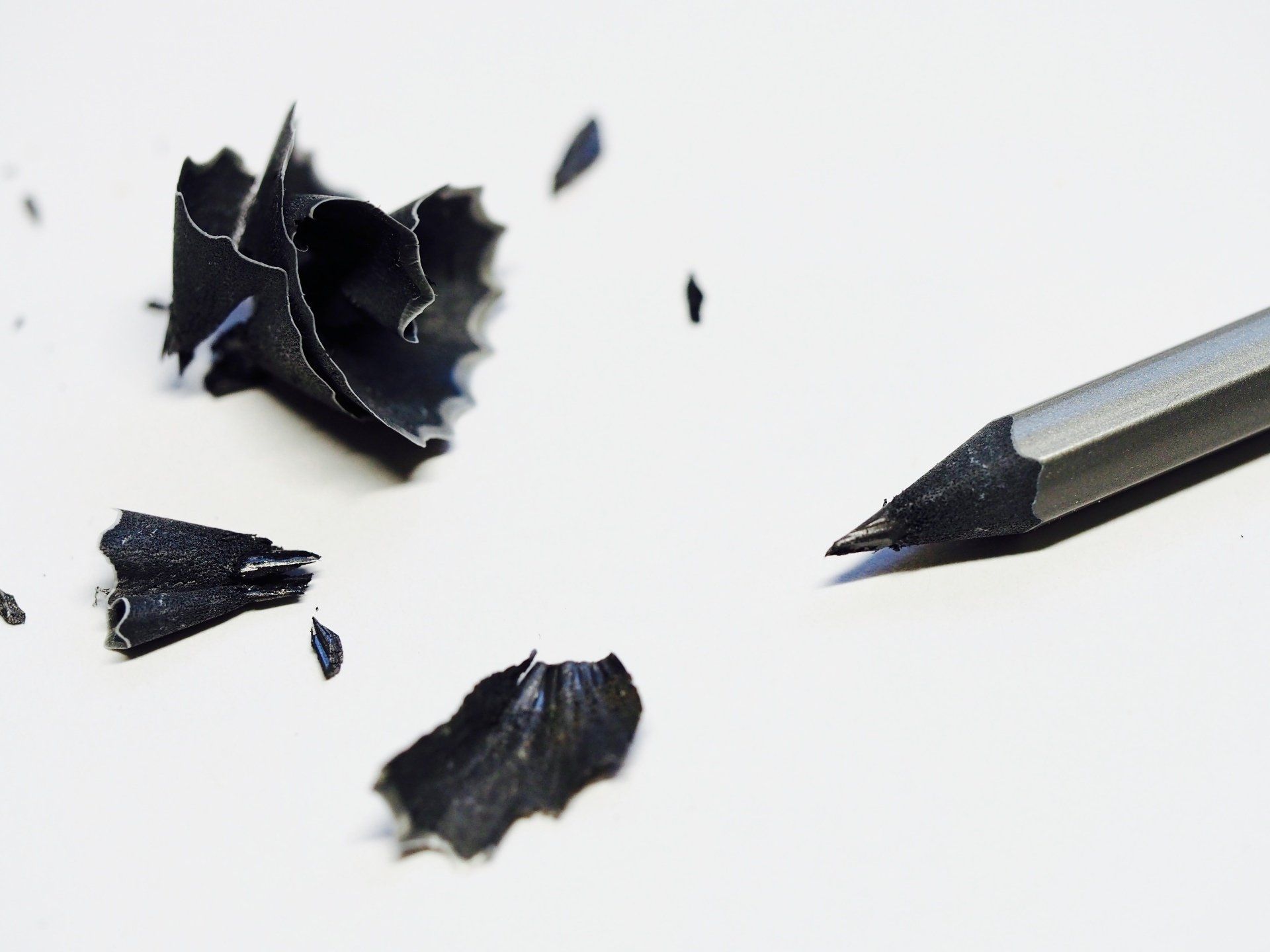Exploring the World of Pencils: Understanding the Differences
Pencils—simple tools that have been a part of our lives since childhood. Despite their apparent simplicity, the world of pencils is surprisingly diverse and nuanced. From the humble #2 pencil to the elegant mechanical pencil, each type offers unique characteristics and advantages. Let's delve into the fascinating realm of pencils and explore their differences.
Wooden Pencils: Traditional and Timeless
Wooden pencils are the epitome of classic writing instruments. Crafted from wood encasing a graphite core, these pencils have been a staple in schools, offices, and homes for generations. They come in various grades, ranging from soft to hard, denoted by a combination of letters and numbers (e.g., HB, 2B, 4H). The hardness of the graphite determines the darkness of the mark and the pencil's suitability for different tasks, such as drawing or writing.
Mechanical Pencils: Precision and Reusability
Unlike wooden pencils, mechanical pencils feature a refillable lead mechanism, eliminating the need for sharpening. They offer consistent line width and are favored by artists, engineers, and anyone who values precision in their work. Mechanical pencils come in various lead sizes, from ultra-fine to bold, catering to different needs and preferences. Additionally, they often feature erasers and lead advancement mechanisms, adding to their convenience.
Colored Pencils: Vibrant and Versatile
Colored pencils add a splash of creativity to the world of writing instruments. They come in a dazzling array of colors, allowing artists of all ages to express themselves vividly on paper. Colored pencils are versatile tools, suitable for drawing, coloring, shading, and even blending. They vary in terms of wax content and pigment quality, affecting their color intensity, blendability, and lightfastness.
Watercolor Pencils: Fusion of Pencil and Paint
Watercolor pencils combine the precision of pencils with the fluidity of watercolors. They contain water-soluble pigments that can be activated with water, transforming drawings into watercolor paintings. Artists can achieve a wide range of effects, from delicate washes to vibrant splashes, by varying the amount of water applied. Watercolor pencils are popular among illustrators, sketchers, and mixed media artists seeking versatility and control.
Graphite Sticks: Bold and Expressive
Graphite sticks are oversized pencils that offer a bold and expressive drawing experience. They contain solid graphite cores without wooden casings, allowing artists to create broad strokes and rich textures. Graphite sticks are available in different degrees of hardness, from soft to hard, enabling artists to achieve a wide tonal range. They are favored for life drawing, sketching, and expressive mark-making.
Grease Pencils: Industrial and Indelible
Grease pencils, also known as china markers or wax pencils, are specialized pencils used for marking non-porous surfaces such as glass, plastic, or metal. They feature a waxy core encased in paper or plastic, which can be peeled away to reveal more of the core. Grease pencils create bold, indelible marks that are resistant to water, making them ideal for labeling, drafting, and industrial applications.
In conclusion, pencils are not just writing tools; they are instruments of creativity, precision, and expression. Whether you prefer the timeless charm of wooden pencils, the precision of mechanical pencils, or the vibrancy of colored pencils, there is a pencil for every purpose and preference. So, the next time you reach for a pencil, take a moment to appreciate the subtle differences that make each one unique.








